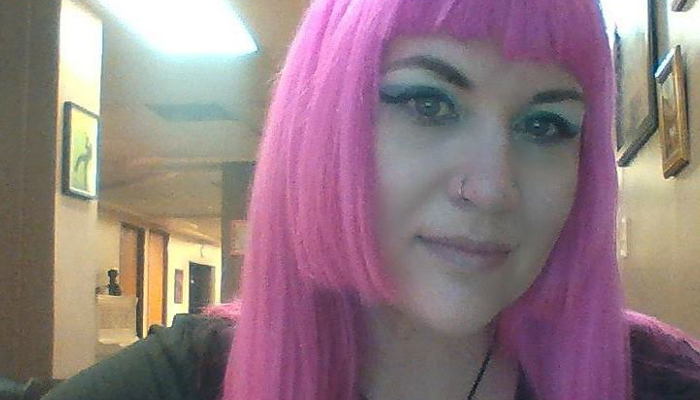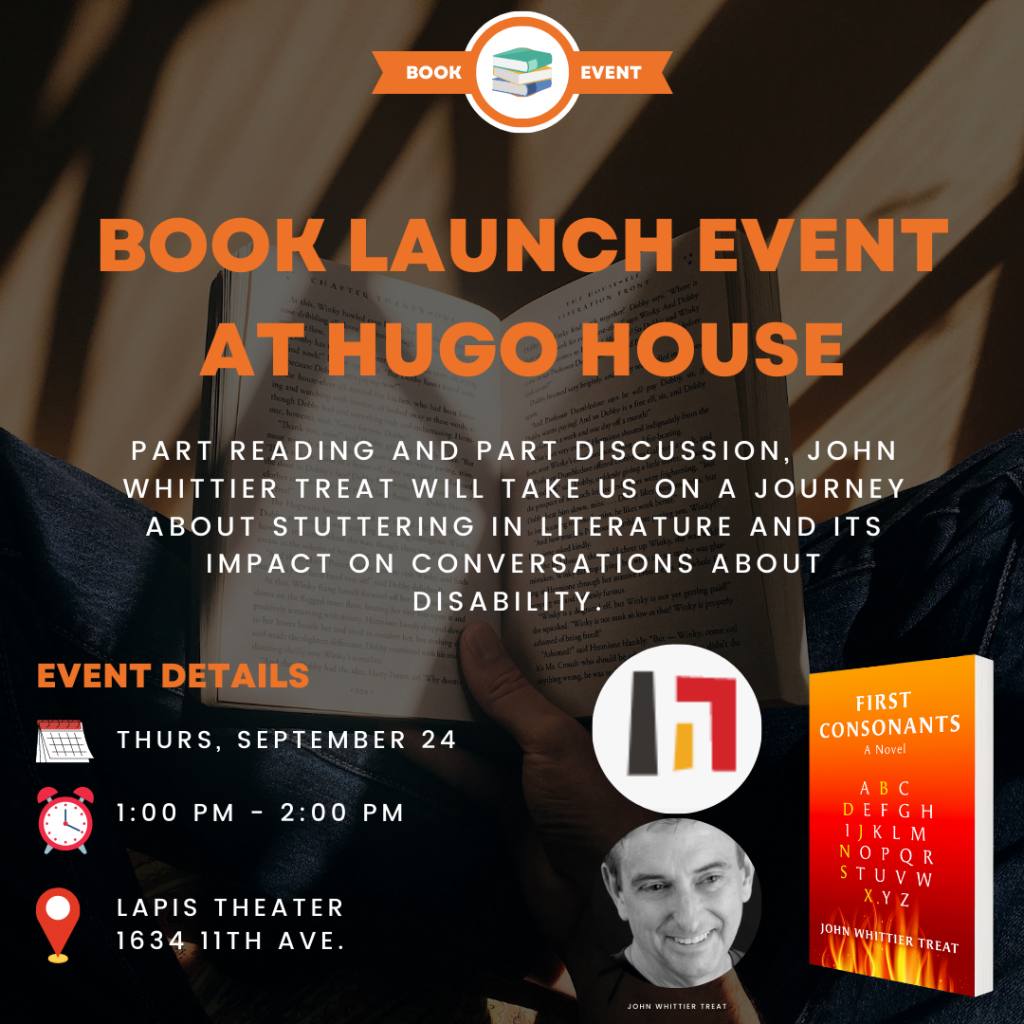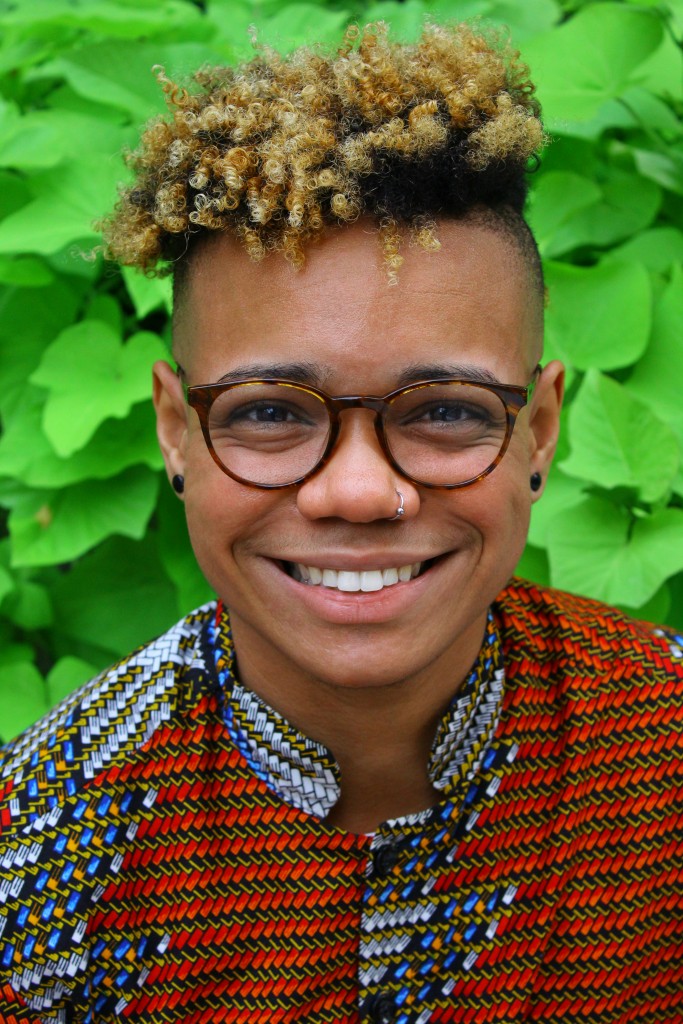Put out my eyes, and I can see you still,
Slam my ears too, and I can hear you yet;
And without any feet can go to you;
And tongueless, I conjure you at will.
Break off my arms, I shall take hold of you
And grasp you with my heart as with a hand;
Arrest my heart, my brain will beat as true;
And if you set this brain of mine afire,
Then on my blood I will carry you.
~Rainer Maria Rilke, The Book of Hours
Where do all these stories come from?
Imagination. Yes. Of course. Inside the mind of a writer is the largest library in the world, like the one Neil Gaiman describes in The Sandman — Morpheus’ Library of Lost Books: a comprehensive collection of every story ever dreamed, but never written. But where do these dreams, these sparks of imagination, have their origin stories? What is the tendon that binds together the bone and flesh of a writer’s flight of fancy and a reader’s sense of understanding? Like the writers who bring them forth, these stories are often born in blood. The best stories — the ones that reach you, resonate with you, make you cry and feel like you’re saying goodbye not only to friends, but to part of yourself when you reach the last page — those stories are skillful reams of language, wrapped like tender gauze around the wound that never heals.
In pop-psychology, there’s a theory that we choose our lovers and partners in an attempt to heal the wounds of our childhood — we pick partners for their weaknesses as much as we do for their strengths. A person who grows up in an angry home where love is withheld often chooses partners who demonstrate the same characteristics as their parents, in an attempt to re-write the scene over and over again, hoping to one day get it right. Why then, would a writer not attempt the same with their characters, in the controlled environment of the page? And why wouldn’t a reader gravitate to the authors whose work helps them to close their wounds, which mirror the author’s?
I was an unhappy teenage girl, not all that different from many other teenage girls like me, but to paraphrase Tolstoy, I was unhappy in my own way. For me, and for many other teenagers like me, high school was a miserable time. Naturally, in my reading, I gravitated toward stories written to close that wound — The Perks of Being a Wallflower, Prep, and even the subplot of My Sister’s Keeper are stories where I saw my own wounds reflected through the looking glass of their authors. And those stories helped me to sort out some of those unresolved wounds from a time that never feels quite as far away as I’d like it to be even though twenty years have passed.
Though I haven’t laid my eyes on the hallway of lockers running between the English and Math buildings of my high school in nearly two decades, I can still see the peeling green paint and the matte tan of the primer used to cover the graffiti — WHORE in black sharpie — scrawled on my locker, #736, no less than once a year for each of the four years between 9th grade and graduation. My ears, slammed shut as an adult woman, can still hear the hiss of the popular girls that somehow ended up in my classes, year after year — Freak, ugh, nice blue streak in your hair — not! Why are you so weird?
Writers tend to collect wounds like badges of honor, finding the silver lining of every scar in this idea: At least I’ll have something to write about. I tend to believe that this is because when we write, we can make the villains of our own lives bigger and nastier than they actually are, and then take greater pleasure in toppling them, something we are often unable to do in “real life.” The things in our lives that worked out just right, we can visit over and over again, drawing them out and adding as we go along to make the story better. And the things that didn’t work out quite the way we wanted to — the failures, the disappointments, the deaths and divorces — we can write them and re-write them, edit them and delete them.
We can give those stories the endings they deserved, instead of the endings they got. As an adult woman, I’ve collected scars; some visible, some perceptible only to me: Here is where they took out my uterus, and I missed my chance to have a child of my own. Here is where my husband left me at twenty-two. Here is where my best friend committed suicide. Here is where I tried to starve myself into perfection. Here is where I was attacked by a dog and my face became ugly to me. Here is where I was electrocuted at my $8.75 an hour job in a kitchen. Here is where my second husband left me. Here is where I put out cigarettes on my leg to see how long I could tolerate the pain. Here are all the dreams I had that never came true. Here are the nightmares that did. Grasp to yourself each gaping wound, because it is as solid as your hand or your heart. Force yourself to conjure up every hurt at will, catalogue and classify them in a Dewey Decimal system of your own invention, and call this your Library of Unwritten Stories.
It is your wounds that call you to the page, to the typewriter, to the computer screen, as much — more, even — than it is the muse. Yes, it is your imagination, all those unwritten stories that you have inside to tell. But what makes all those stories honest, what makes them authentic and familiar, what binds you and the reader together — that is the wound that hasn’t healed, setting your brain on fire. You have a story to tell and the only way that a reader will hear it is if you tell it to them true. Yes, you can tell it slant — but you must tell it true, with the fever of your brain afire, which comes from the part of your life where things haven’t been put straight. Ink is your blood. Trust that it will carry you as far as you need to go.





